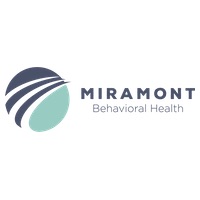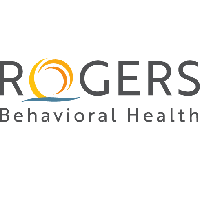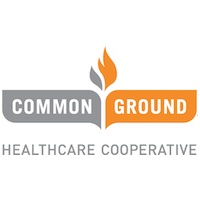
State officials recommend opioid use disorder treatment pilot in Milwaukee County

State officials recently proposed that lawmakers consider pursuing a pilot program at Milwaukee County Jail that would offer all three medications approved for opioid use disorder.
A state law enacted last March required the Department of Health Services and Department of Corrections to propose a pilot program with the goal of implementing a medication-assisted treatment program that offers naltrexone, buprenorphine and methadone in at least one county jail or state prison.
A report released earlier this month said Milwaukee County presents the “best opportunity” to pilot the program and obtain the data to evaluate it effectively, given a diverse population with a need for the treatment and support from the jail for medication-assisted treatment. The facility already offers naltrexone and buprenorphine.
The report recommends $3 million be allocated for the project over a three-year period.
“Given interest in this area, the implementation of this pilot could create a domino effect and lead others to begin offering all three forms of (medication-assisted treatment) once a roadmap with lessons learned and best practices is developed,” the report noted.
Other facilities that would be well suited for the program include jails in Dane County and Rock County.
Based on 2020 data, 63 percent of those in Wisconsin prisons have substance use disorder treatment needs.
Those with opioid use disorder can develop tolerance that goes away when incarcerated. That puts them at high-risk for overdose following incarceration, the report noted.
Ninety-four percent of those who died after release from prison between 2012 and 2017 had a substance use need, according to a study
by the Department of Corrections.
The 2020 state law also directed DHS and Department of Corrections to survey state prisons and county jails for the availability of treatment for those with opioid use disorder. The online survey, which had an 89 percent completion rate, found:
- 59 percent of jails and 51 percent of prisons offer behavioral health counseling.
- 79 percent of jails and 6 percent of prisons offer medically managed detoxification.
- 41 percent of jails provide at least one form of medication-assisted treatment, while 14 percent of prisons do. The report noted that 13 Department of Corrections facilities offer at least one form of treatment.
- 61 percent of jails assess women for opioid use disorder upon entry. Six percent of state prisons did, 23 percent did not and 71 percent said they didn’t house women.
- 11 percent of jails provide the anti-overdose drug NARCAN on release. No prisons do.
Prisons and jails said the biggest barriers for providing medication-assisted treatment are financial resources and staff, but more study is needed, per the report.
DHS and the Department of Corrections did the survey in July through September of last year and requested pre-COVID-19 data.
All but two of the facilities that offer medication-assisted treatment continued to do so despite the pandemic.
Four facilities said they are serving fewer individuals, and two said they have fewer to serve given an increase in release during the pandemic.
This article first appeared in the Wisconsin Health News daily email newsletter. Sign up for your free trial here.




























.jpg?bwg=1612548324)


